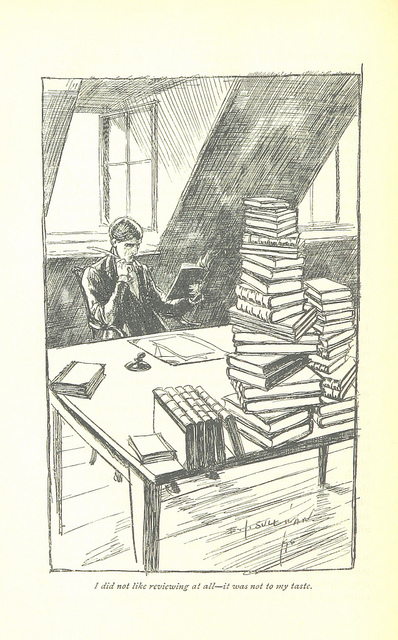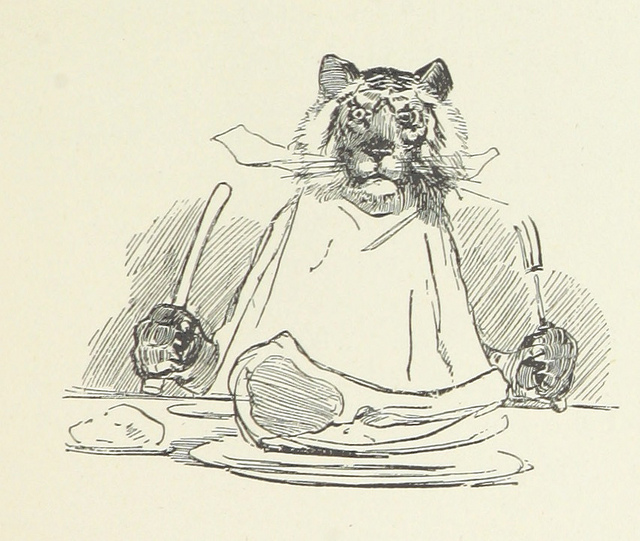public forum
What about public forums like G2, Capterra, or Stackshare, how can these be leveraged to share government software insights? Could be framed as open ongoing RFI processes. We should be sharing with each other openly on these platforms. Hope it would at-least improved the level of interfaces / skin vendors put on the same "management" software.

